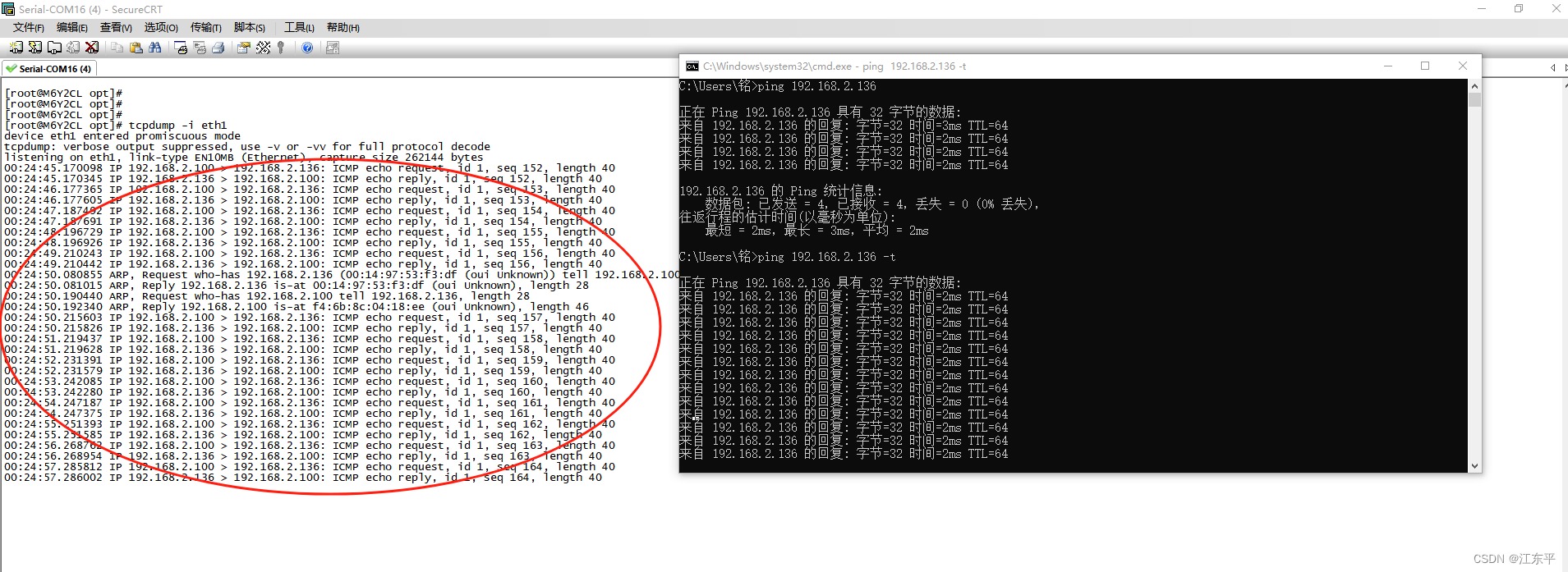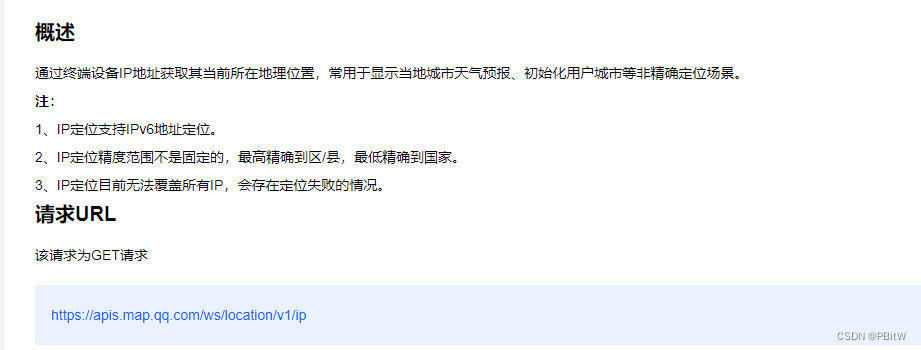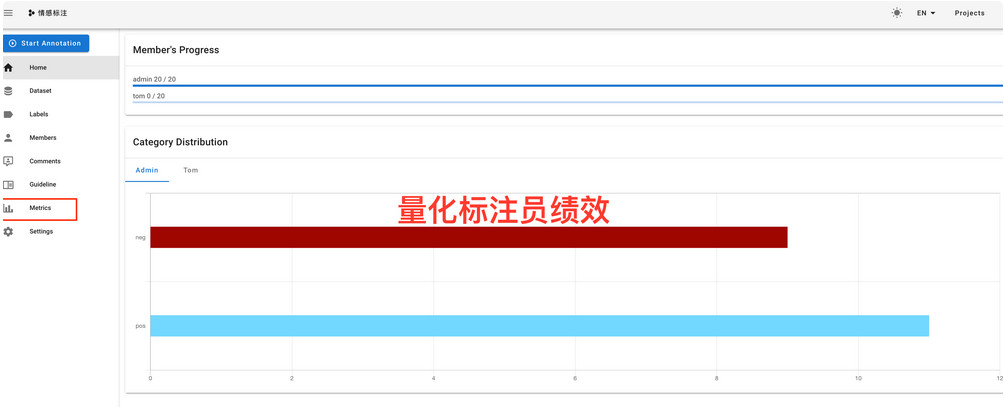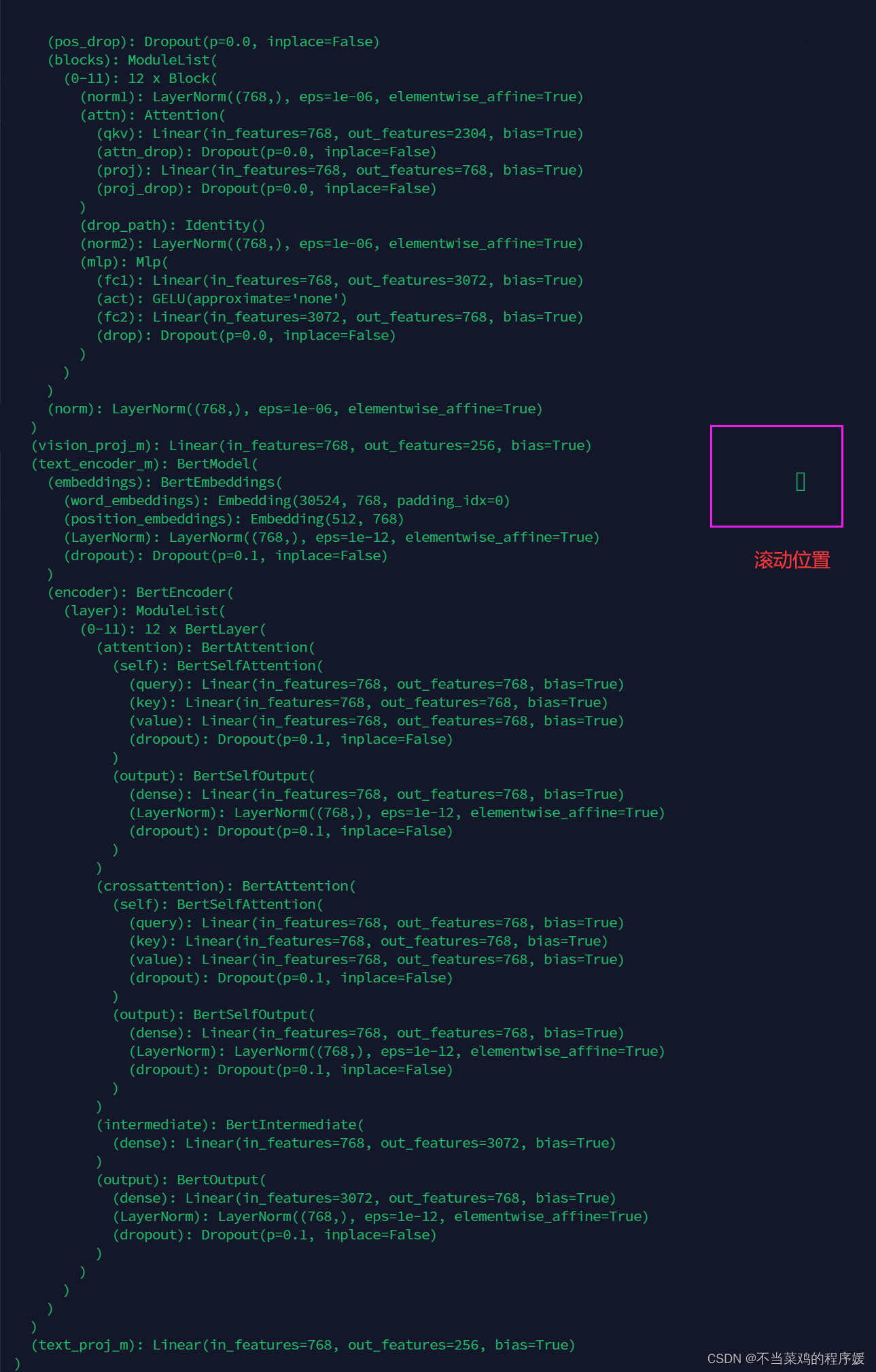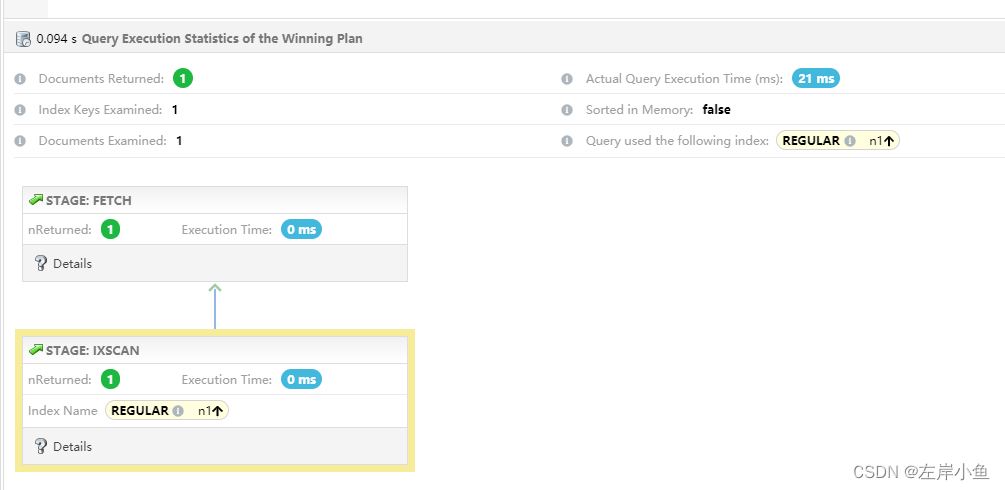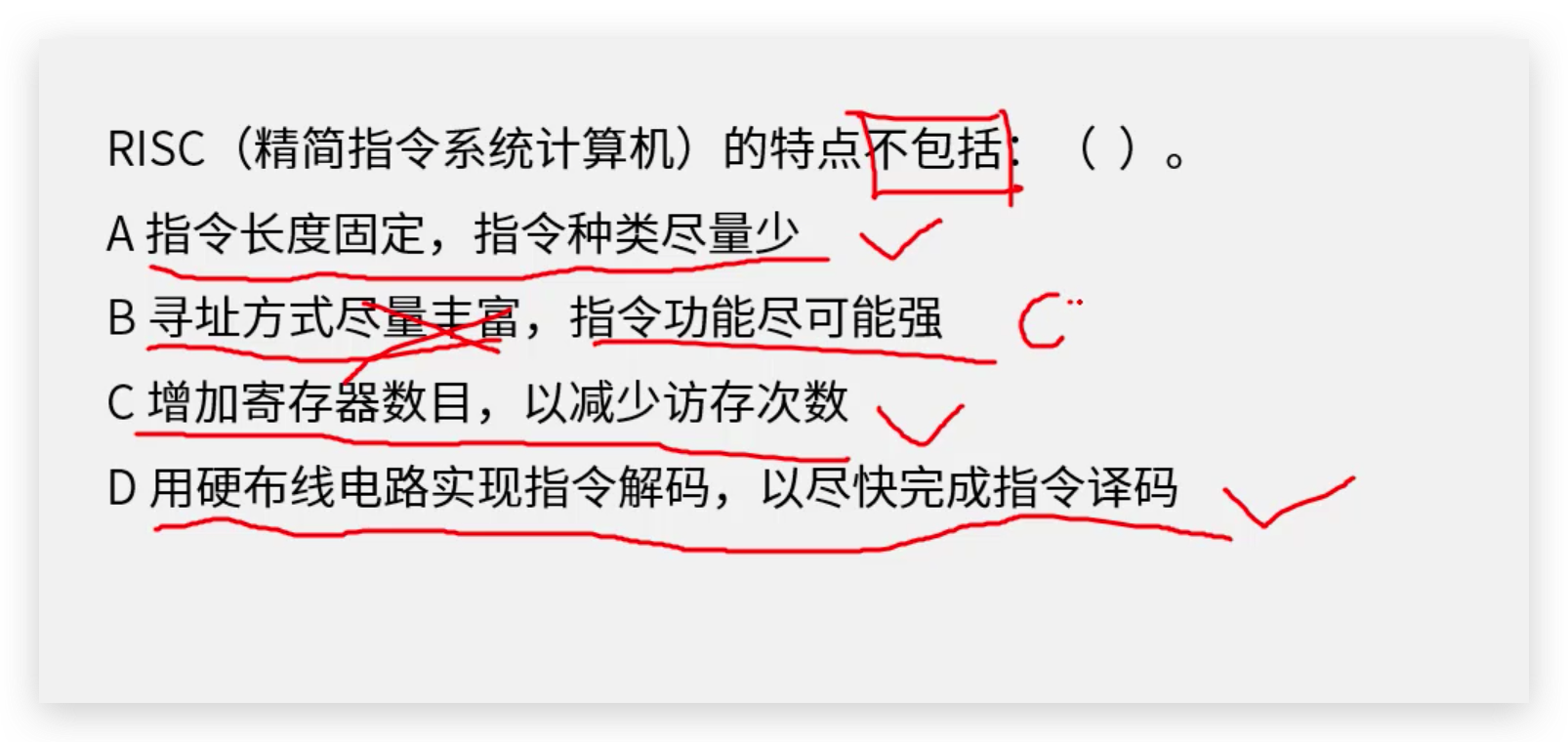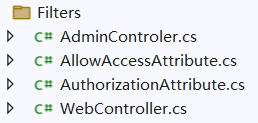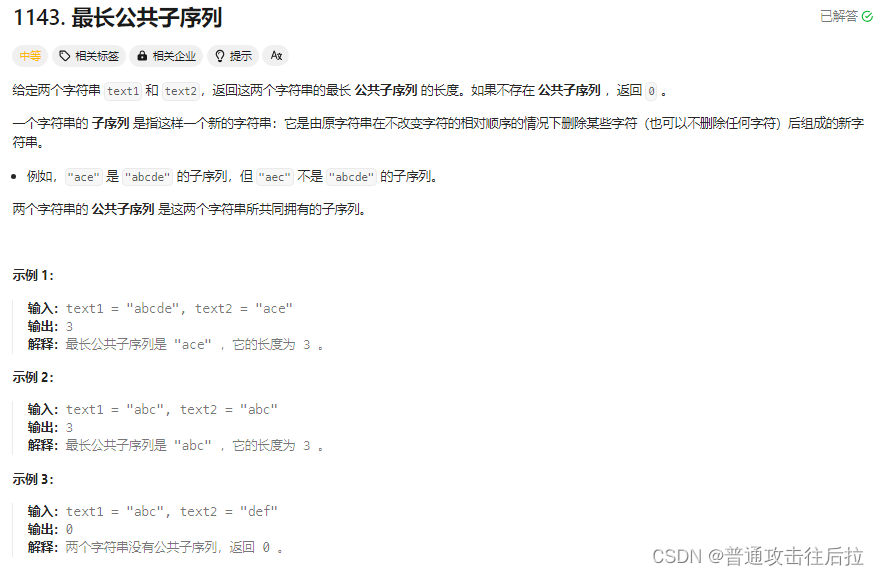
心路历程:
这道题还是按照之前公共子数组的角度去思考的话会超时,即考虑最后一个元素一定是公共子序列的最后一个元素。需要换一种建模思路,从而简化整个递推过程。
状态:以i, j为结尾的区间的最长公共子序列,text1[i]和text2[j]的大小关系
动作:是否选i-1,是否选j-1
返回值:最长公共子序列的长度
解法一:动态规划 + 不一定包含末尾元素的建模
class Solution:
def longestCommonSubsequence(self, text1: str, text2: str) -> int:
@cache
def dp(i, j): # 以text1[i], text2[j]为结尾的公共子序列的最长长度;
if i == 0: return int(text1[0] in text2[:j+1])
if j == 0: return int(text2[0] in text1[:i+1])
if text1[i] == text2[j]:
return dp(i-1, j-1) + 1
else:
return max(dp(i-1, j), dp(i, j-1))
res = 0
for i in range(len(text1)):
for j in range(len(text2)):
res = max(res, dp(i,j))
return res
解法二 (超时):动态规划 + 一定包含末尾元素的建模
class Solution:
def longestCommonSubsequence(self, text1: str, text2: str) -> int:
@cache
def dp(i, j): # 以text1[i], text2[j]为结尾的公共子序列的最长长度;
if text1[i] != text2[j]: return 0
if i == 0 or j == 0: return 1
res = []
for i1 in range(i-1, -1, -1):
for j1 in range(j-1, -1, -1):
if text1[i1] == text2[j1]:
res.append(dp(i1, j1) + 1)
if res != []: return max(res)
else: return 1
res = 0
for i in range(len(text1)):
for j in range(len(text2)):
res = max(res, dp(i,j))
return res

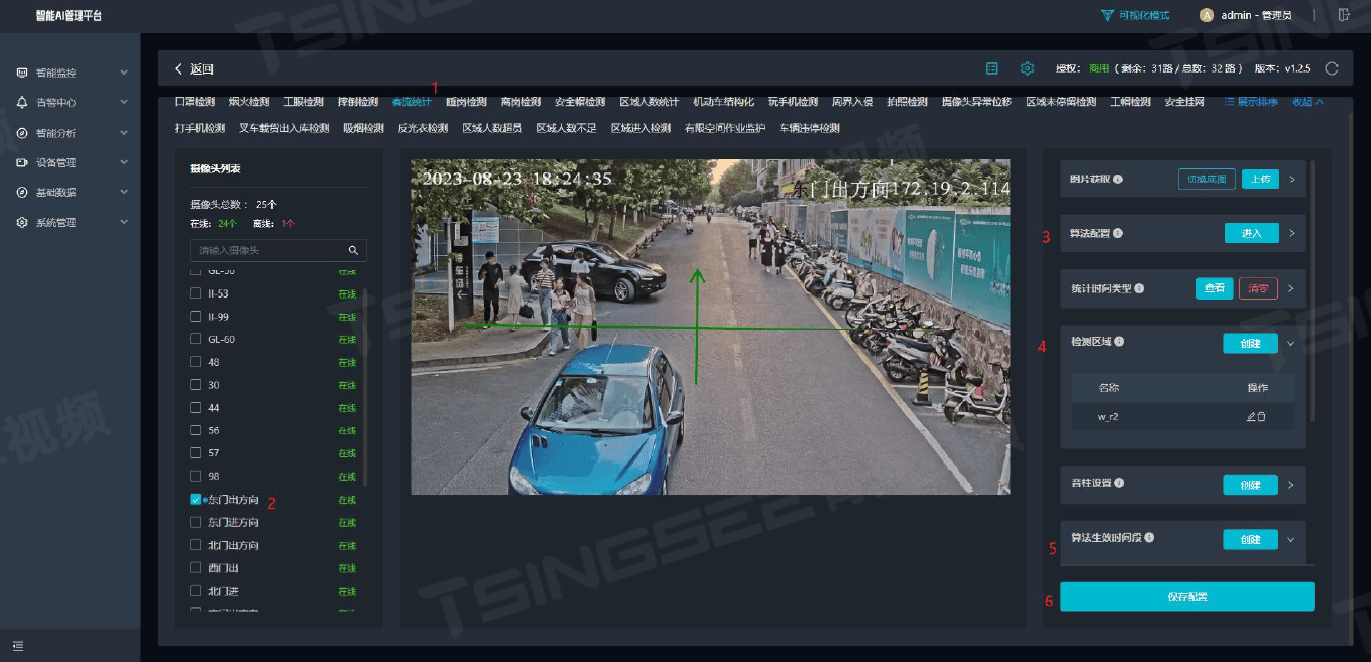


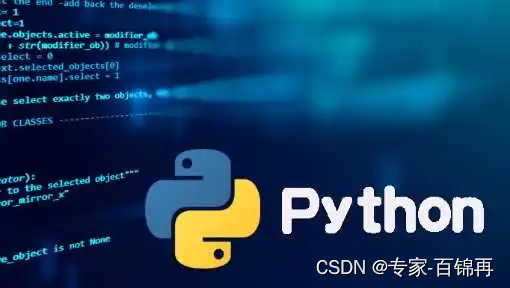
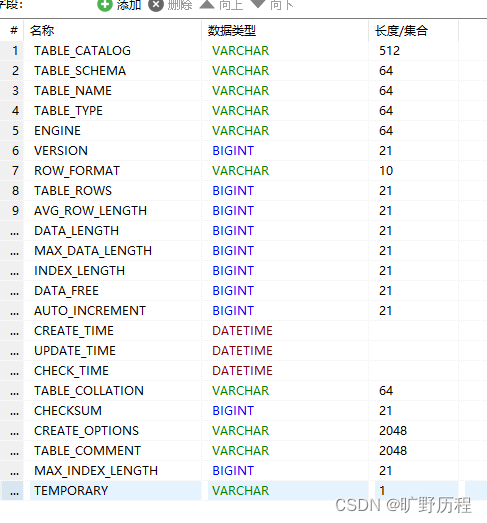



![练习 20 Web [HCTF 2018]admin](https://img-blog.csdnimg.cn/direct/18ad47f378254e308440df5c1738dabe.png)

